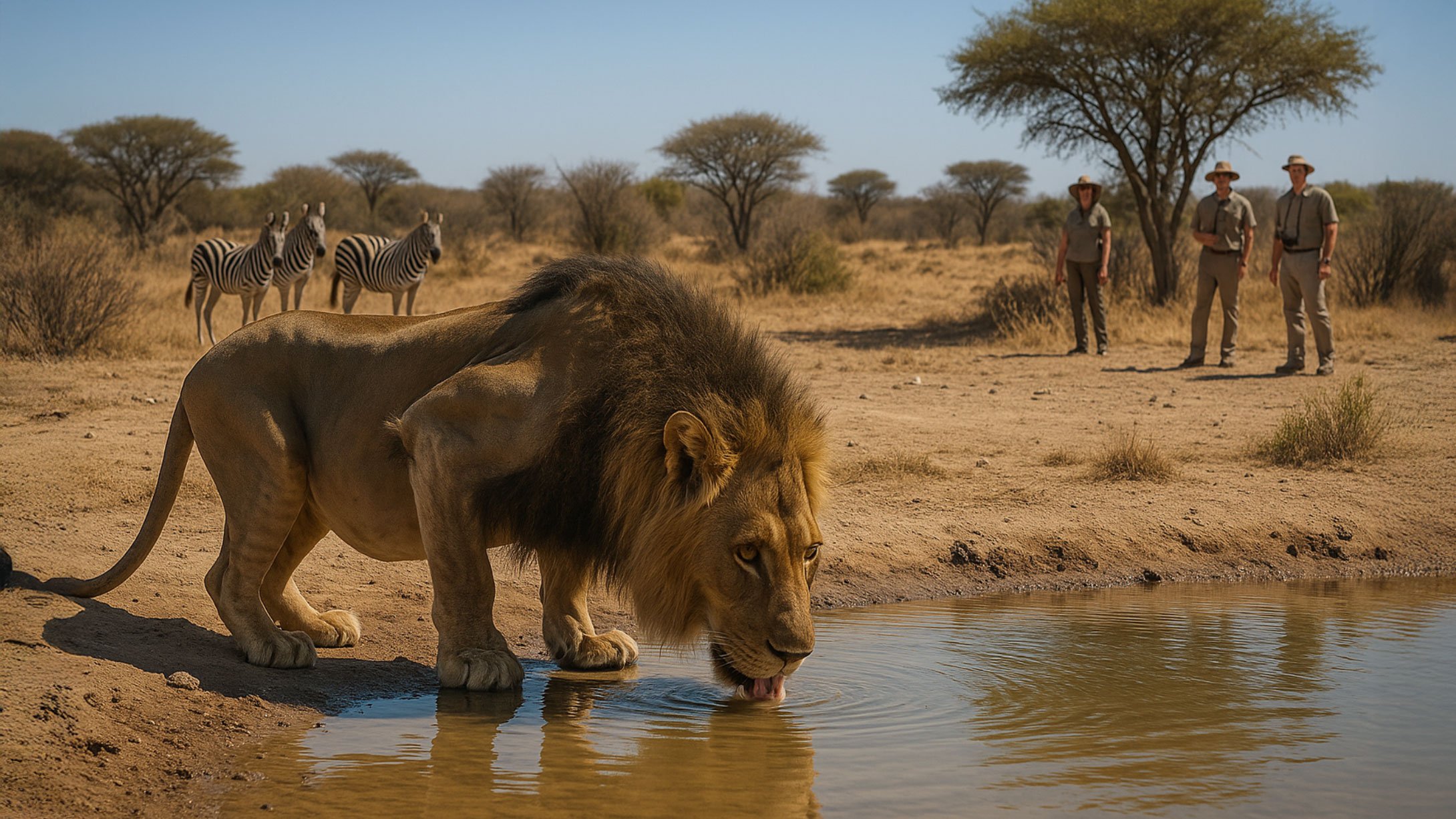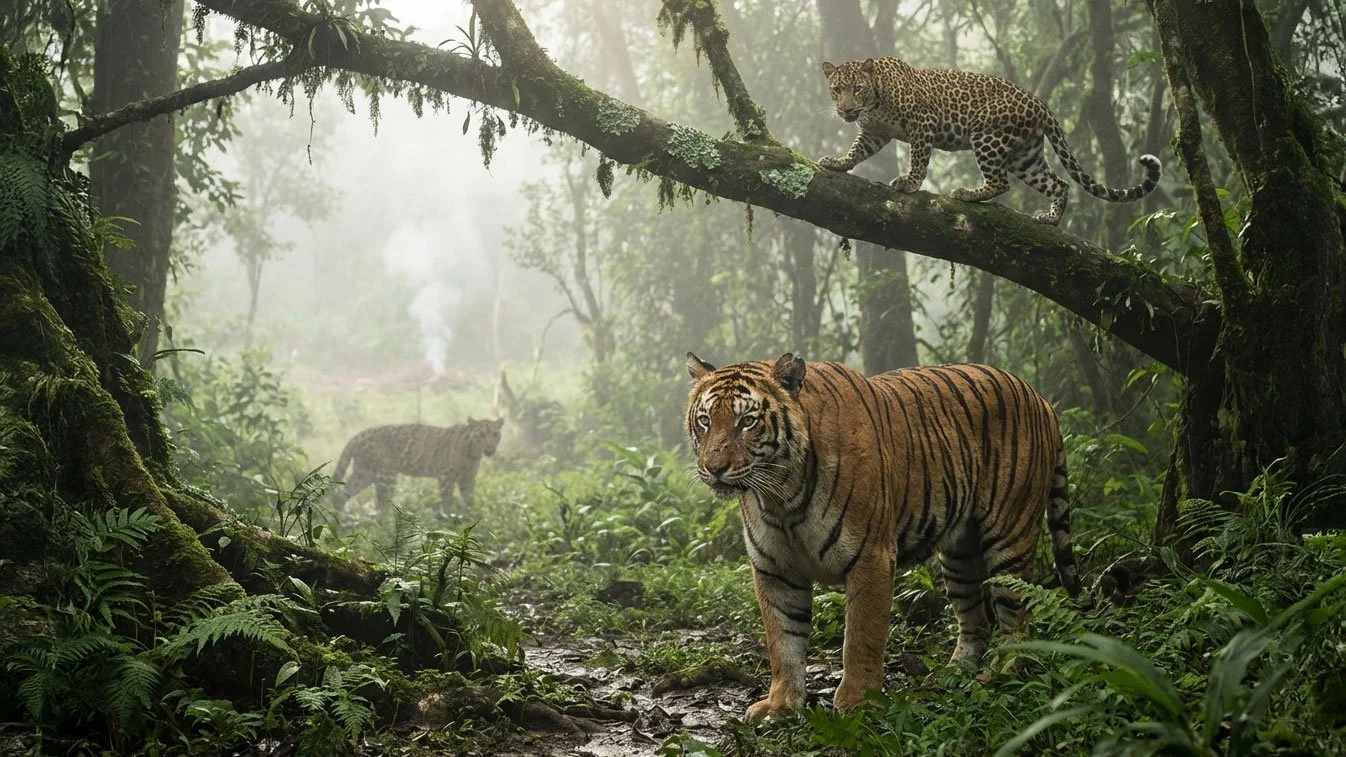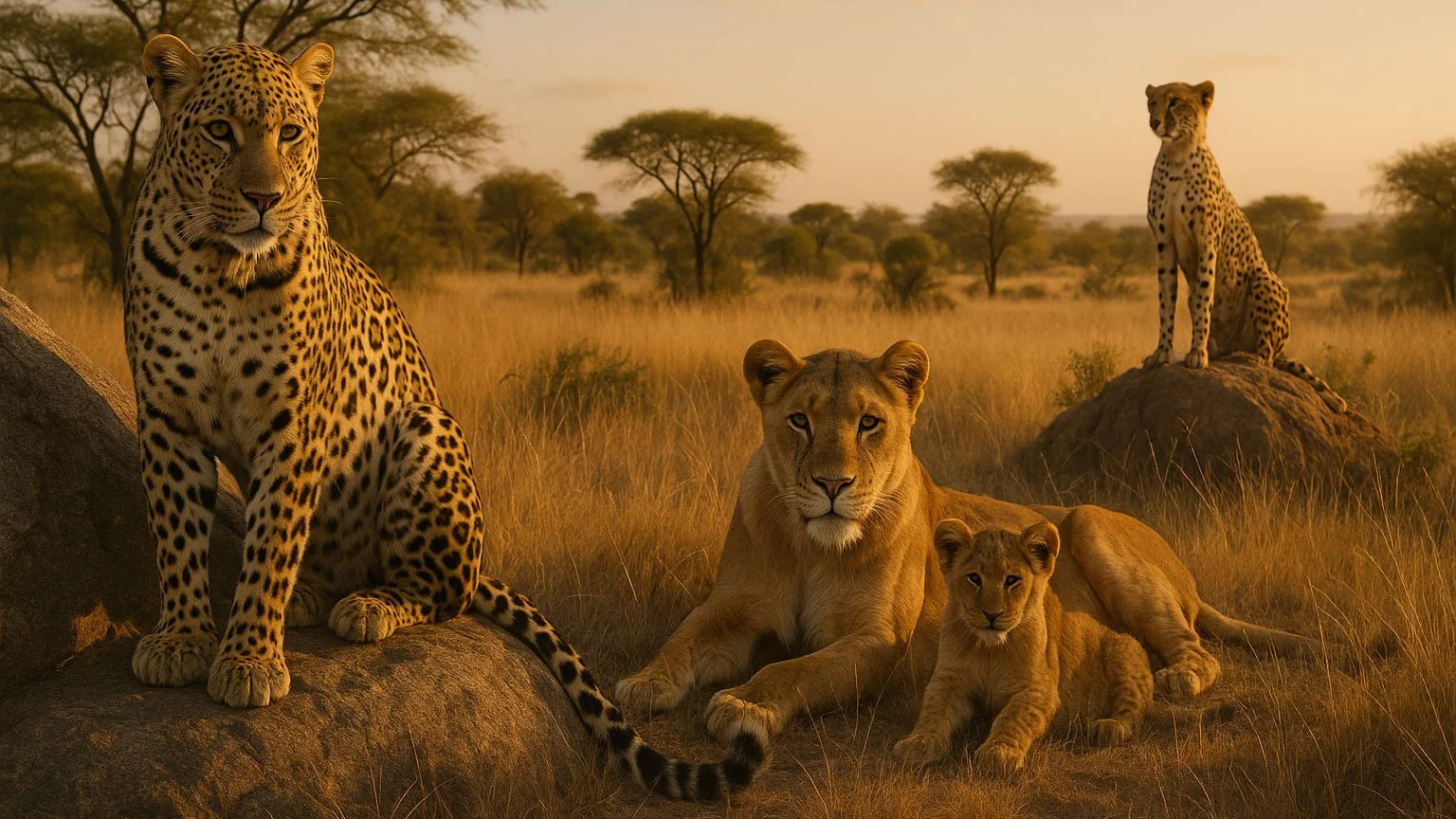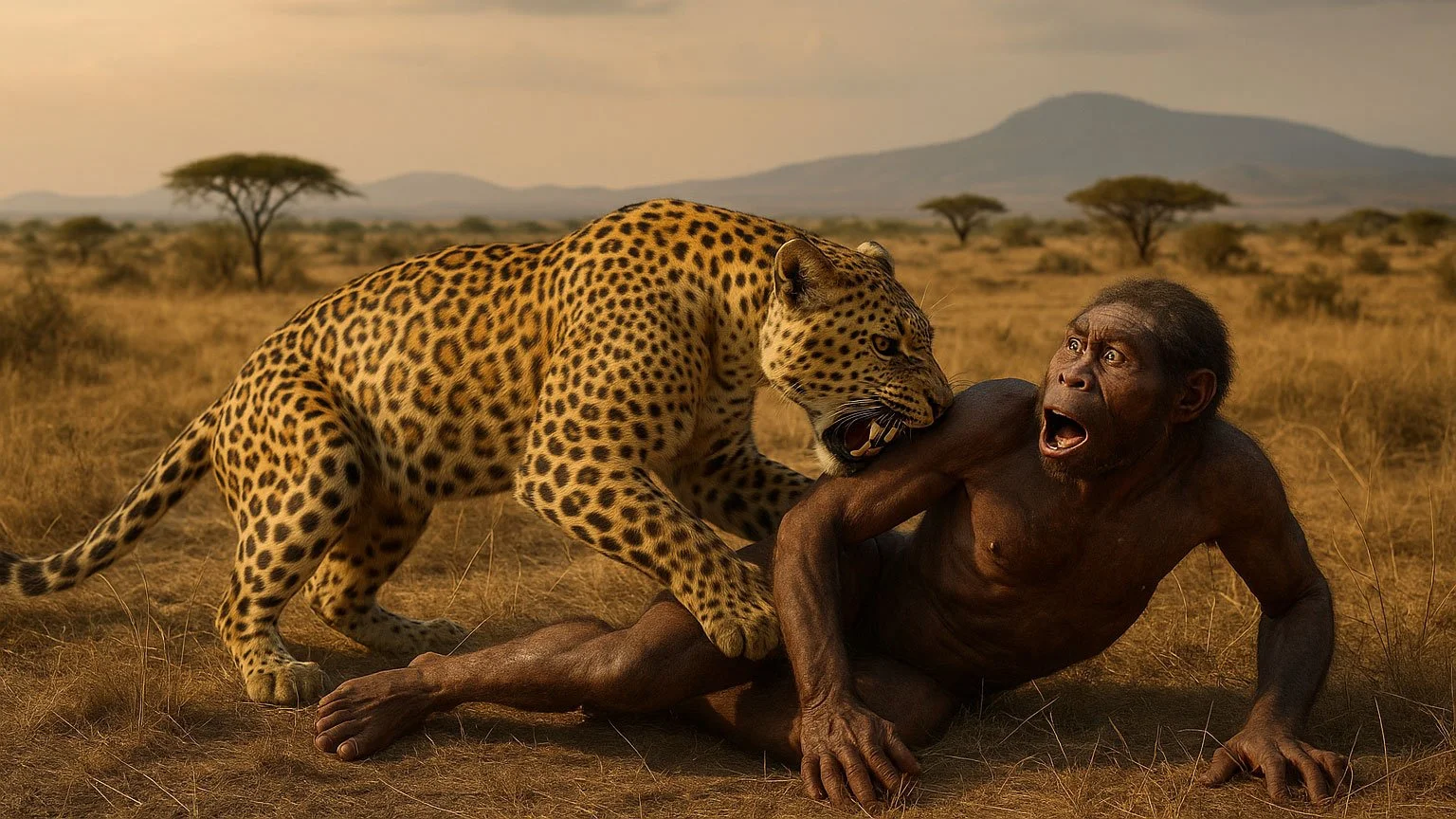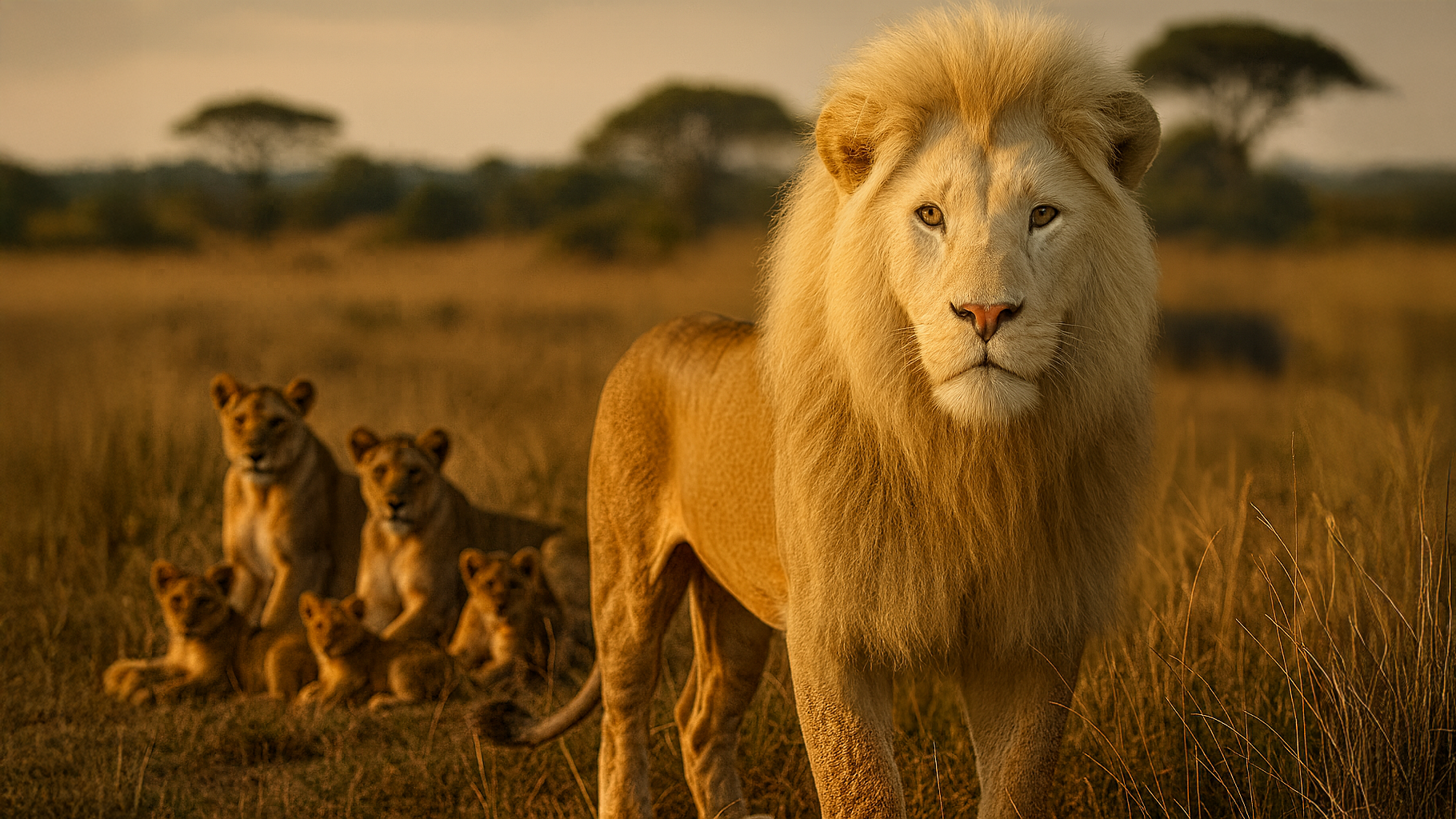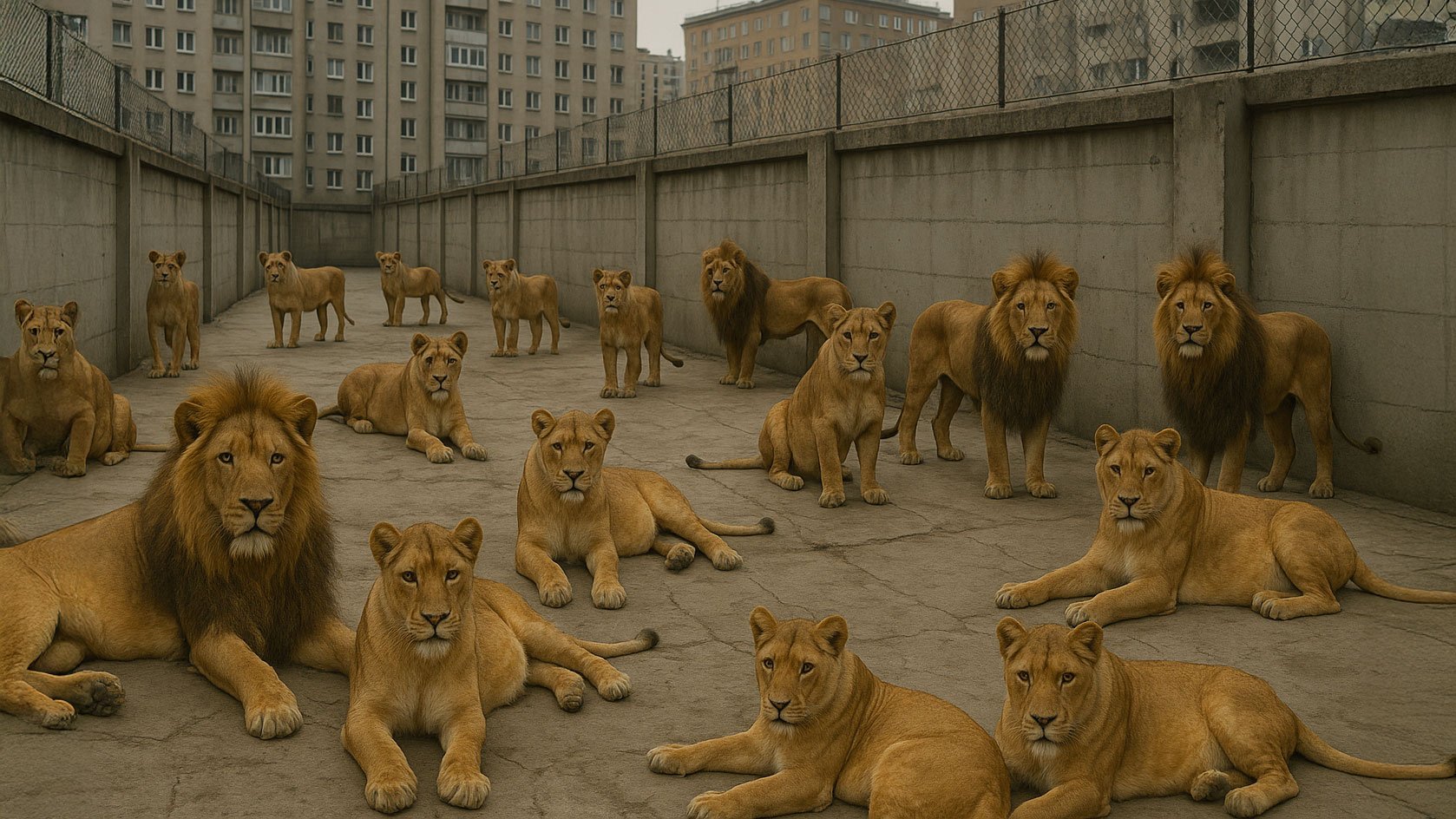The Waterhole Whisper: How Human Presence Is Rewriting the Wild
In the stillness of Namibia’s arid plains, the waterhole is life. It’s where zebras lower their striped heads to drink, where antelope tread cautiously, ears twitching at every sound, and where lions and hyenas wait in the shadows for opportunity. But something strange has been happening. And this time, the disruption didn’t come with a roar—but with footsteps, laughter, and the low rumble of distant engines. Humans had arrived.
A groundbreaking study from the University of Georgia has revealed a startling ripple effect at Namibian waterholes. Over two years, motion-activated cameras watched quietly, never sleeping, as wildlife came and went. But the researchers weren’t just studying animals. They were measuring the pulse of an ecosystem reacting to our presence.
Lions, traditionally nocturnal visitors to these precious watering spots, started showing up in daylight hours. Not because they had changed—but because we were there. Just by being nearby, humans prompted apex predators to shift their schedules. And once lions changed, everything else did too.
Spotted hyenas, cautious but cunning, adjusted their timing. Zebras and antelope—always the prey in this ancient dance—began arriving later in the night, avoiding the dangerous daylight when predators now lingered. "It was not just one species that altered their behavior," said Jessy Patterson, the study’s lead author. “We think that the carnivores changed because of the human presence, and the herbivores changed because of the carnivore presence.”
It’s a domino effect of survival.
At first glance, a lion drinking under the midday sun might seem like a benign curiosity. But the implications run deeper than the dusty surface. These behavioral shifts mean predators and prey now cross paths at unfamiliar times. That disrupts hunting patterns, alters population dynamics, and slowly, but surely, threatens the delicate balance of the ecosystem.
And it doesn’t stop there.
Herbivores play a crucial role in managing vegetation, especially around water sources. Species like zebra and antelope naturally control fast-growing or invasive plants through their grazing. But when their routines shift—when they visit less frequently or avoid certain areas entirely—those ecosystems begin to change. The balance tips, favoring some plants over others, and the web of life stretches thin.
This cascade of consequences echoes far beyond Namibia. In Glacier Bay National Park in Alaska, animals have been shown to avoid areas where even small groups of people congregate. The presence of humans doesn’t just alter animal behavior—it can displace entire communities of wildlife, concentrating pressure on nearby habitats and shrinking the safe spaces animals depend on.
Yet, there is hope—and responsibility.
Tourism isn’t the villain here. In fact, it often funds the very conservation programs striving to protect these wild places. What this study underscores is the need for responsible tourism—of being conscious travelers, not careless visitors.
Many parks are already adapting. Timed-entry systems in places like Rocky Mountain and Mount Rainier National Parks are being used to reduce overcrowding and stress on wildlife. These are the kinds of policies that help ensure our presence doesn’t push predators out of the night, or drive prey to unsafe routines.
So what can we, as individuals, do?
We can start by understanding that when we step into wild spaces, we are not just observers—we are participants. Our footprints linger in ways we can’t always see. Before your next wildlife adventure, ask: how will my visit impact the animals who call this place home?
Choose ethical travel operators. Stick to established paths. Keep your distance from wildlife. Avoid noise and bright lights, especially at night. And perhaps most importantly, speak up for policies that prioritize the well-being of wildlife over convenience for humans.
At Big Cat Rescue, we’ve long believed that the survival of wild cats—and indeed, the planet—depends not only on laws and protected spaces, but on how each of us chooses to engage with nature. The findings from Namibia’s waterholes are a quiet warning that our presence always matters.
Let it also be a rallying cry. We can be part of the solution.
By supporting conservation, choosing mindful travel, and spreading awareness, we can help preserve the harmony of the wild. Because at the end of the day, a lion should never have to drink in daylight just to avoid us.
Read more: https://www.yahoo.com/news/cameras-capture-surprising-change-predators-101525545.html
